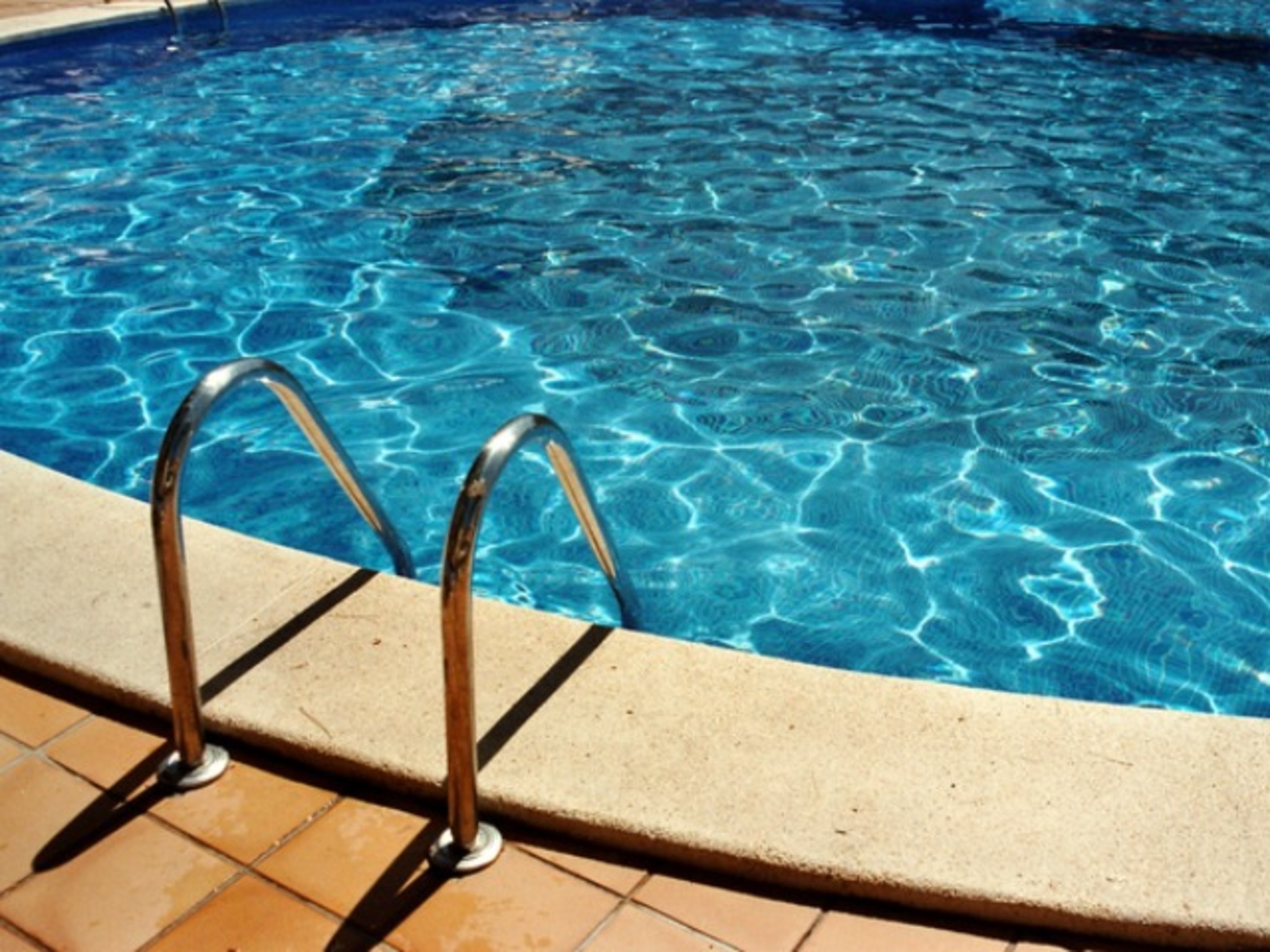Lowering Pool Pump Energy Use

Your pool pump circulates water, helping keep your pool clean, safe and comfortable. However, pump operation can really drain your energy budget. You can save energy and maintain a comfortable swimming pool temperature by using a smaller, higher efficiency pump and by operating it less.
Downsizing for energy savings
The larger the pump, the greater your pumping and maintenance costs. Use the smallest pump possible for your swimming pool. To choose the right size pump, consult a pool supplier's design chart. Using the chart, match the hydraulic characteristics of the pump to both the piping and the pool's flow characteristics.
A 0.75 horsepower or smaller pump is generally sufficient for most residential pools. You can use a smaller and less costly pump by reducing the water flow resistance by substituting a larger filter or increasing the diameter of the pipes.
When purchasing a new pump, make sure it's ENERGY STAR®-certified. ENERGY STAR models use more efficient motors and advanced hydraulic designs to save energy. Plus, they qualify for a $250 SWEPCO incentive!
Operating for less
Pool pumps often run much longer than necessary. Circulating your pool's water keeps the chemicals mixed and removes debris. However, it's not necessary to recirculate the water every day to remove debris, and longer circulation doesn't necessarily reduce the growth of algae.
Reduce your filtration time to six hours or less. If the pool doesn't appear clean, increase filtration time in short intervals. In one study, most pool owners who reduced filtration time to three hours per day were happy with the water's quality. On average, this saved them 60% on pumping energy costs.
Constantly starting and stopping the pump can be a hassle. For convenience, install a timer to control the pump's cycling. To optimize savings and maintain a clean pool, set the time to activate the pump for multiple short periods throughout each day.
Maintenance pays off
A little pool maintenance on your part helps take the pressure off your pumping system. Keep the intake grates clear of debris. Clogged drains increase the pump's workload and energy use. Regularly remove debris in the pool using a skimmer or vacuum. Backwash your filter appropriately. Backwashing too frequently wastes water, while not backwashing makes the pump work harder.
Return to newsletter